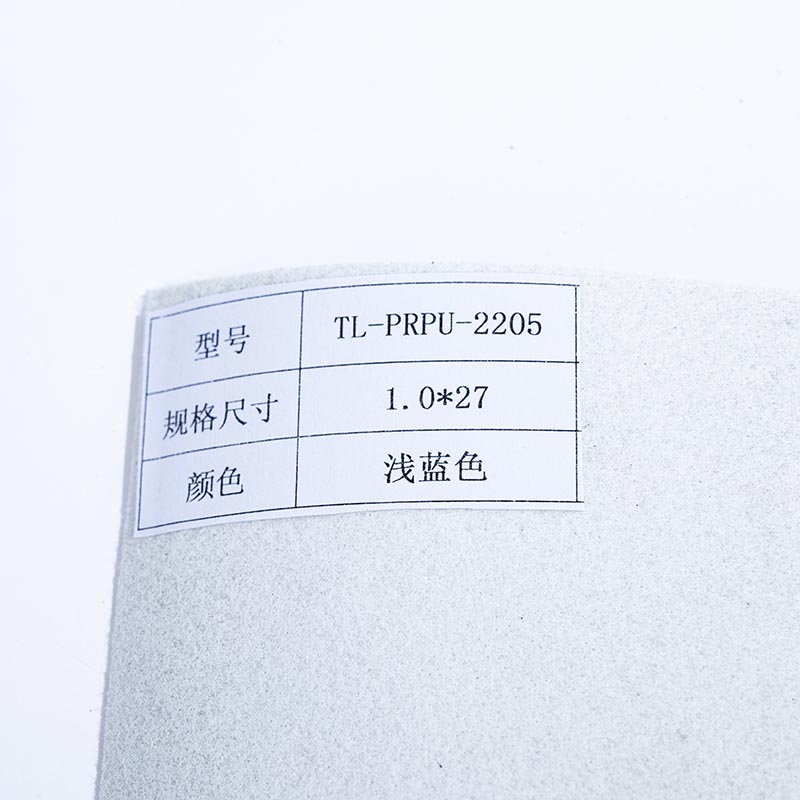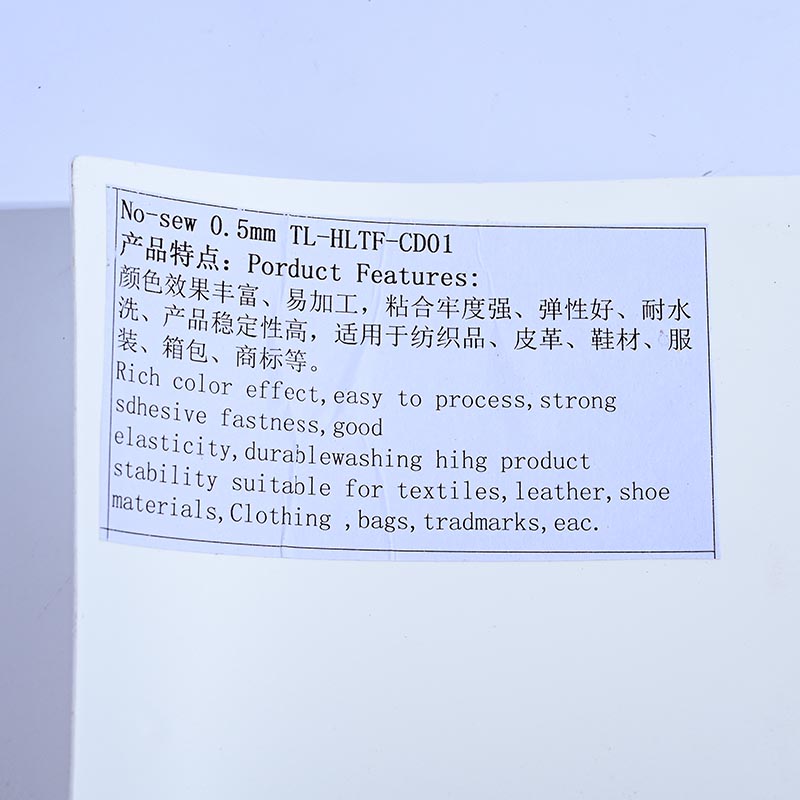Whether you're using PLA, PETG, ABS or something even more exotic, we have the best filaments for you right here.
Updated Oct. 6, 2023 10:00 a.m. PT Quality Tpu Film

CNET’s expert staff reviews and rates dozens of new products and services each month, building on more than a quarter century of expertise. Read how we test products and services.
You've set up the best 3D printer money can buy and are ready to go, but you can't get started without some material. If you chose a fused deposition modeling, or FDM, printer -- the most common type of 3D printer for hobbyists -- you'll require several rolls of special plastic.
Filament is the material we use for FDM 3D printing , and it's easy enough to find. But there are different types of filament, each better for certain projects than others. You'll want to make sure you're using the best filament for the job at hand, or it may fail.
Almost everyone who uses a 3D printer uses PLA for most of their prints. You might use some of the other materials for certain things, but the day-to-day printing is likely done with PLA. The best PLA for most use cases is Build Series PLA from MatterHackers . I've used over 100 kilos of it by now, and it's still my favorite. It sands very well and prints easily on just about any FDM printer.
I've put together this primer of the different types, including the best PLA filament, as well as choices of the best filaments from my favorite brands. This will be updated regularly and contains some great choices for you to start. I use around 8 kilograms of filament each week, and have for the last four years, to make sure I'm offering you the best choices around.
It's important to choose both the right type of material and the right brand of that type, be it PLA, ABS or something more exotic. Here are the best of each of the five main filament types.
Read more: Best 3D Printers
Polylactic acid, or PLA, is the most common 3D printing filament and the easiest to use. Unlike most plastics, it's made from corn starches so it's nontoxic and, in theory, compostable, though it takes an industrial composter to do it. PLA uses a fairly low heat -- between 190 and 215 degrees Celsius (between 374 and 419 degrees Fahrenheit) -- to melt the plastic for extrusion so it is the safest of the filaments. Almost every FDM 3D printer in the world can print PLA.
Build PLA from MatterHackers is great for projects that require finishing (sanding, painting and so on). I have about 12 rolls of it in my workshop, and use it for large projects, including my Mandalorian armor or cosplay swords. The dimensional accuracy -- how consistent the diameter is along the length of the roll -- is good, though nothing mind-blowing. It's well within the sweet zone. Post-processing is where Build Series PLA shines. It is simple to sand and holds paint well, as long as you use a good primer and filler first. Like all PLA, it holds together well using superglue and even takes putty and Bondo without complaint.
Build PLA is my go-to when I need to make a large project. It's easy to use and produces great models.
The color of this PLA is hard to describe, but it is beautiful. It has a purple-blue-green hue to it and looks like metal that's been heated up a lot. Right now it's probably my favorite-looking filament on my shelf.
It's also easy to print with, and because of the shifting colors it hides layer lines well. If you're looking for a dark filament that you aren't painting over, I'd pick up a few rolls of this today.
With the advent of ultra fast 3d printers companies like Elegoo have started to create materials that work better at high speeds. Rapid PLA Plus works extremely well at high speed due to its high fluidity when melted. I've found it printed very well on several of my fastest machines and sands very well if you are looking to finish your prints with paint.
Ataraxia Art already makes excellent PLA and flexible PLA but its new range of tri-color filament is some of its best yet. Tri color uses three colored filaments along its width to create a beautiful shimmering effect as you move the model so it's perfect for projects you aren't going to be painting.
This PLA comes in four different color combinations and it's now one of my favorite filaments to use.
I've been meaning to buy some of this beautiful filament for some time now, and I'm really happy I did. The color is almost exactly the same as mint chocolate chip ice cream and the tiny flecks of marble color enhance the look even more. It prints great, with a nice glossy finish, and I found printing it at a higher temperature brings out that gloss really well.
More importantly than the print quality though, I love it for the way it makes me feel. The color just makes me happy and reminds me of days at the beach with my kids. It's gorgeous.
Rainbow filament tends to transition between colors very slowly. This means you often get only one or two colors per model. Creality's latest rainbow filament has a much shorter transition, so you get a much nicer rainbow effect across your models. It looks great on this amazing dragon from Fotis Mint.
For projects you can show off without having to paint them first, PolyTerra might be for you. The colors are vivid, and because they are matte, you don't lose details in the reflections like with shiny filament.
PolyTerra also comes in recycled cardboard reels, and the creator, Polymaker, will plant a tree in the area where the roll was bought to help offset the cardboard used. This filament is still plastic of course, but it helps my conscience to use it.
Playing with plastic can be environmentally unsound. Poly Terra helps to offset that, at least a little bit.
Beautiful matte colors Recycled cardboard reel Great for leaving unpainted
Can be a little brittle
In this article about this flexible PLA I explained how, although this isn't technically PLA, it does print much easier than TPU, a more common flexible filament. I used it to print an amazing Mandalorian Blacksmith helmet for my 4-year-old. She can't break it because it's so bouncy.
This isn't for newbies, though. It took a lot of trial and error to get the setting for my 3D printer right, and because it is so soft the accuracy can be pretty wonky. But for something that's different from normal PLA, it is worth checking out.
Flexible PLA gives you a lot of scope to try projects you never would have before.
ABS was one of the more common 3D printing filaments a few years back, and it still has some excellent uses. The biggest downside is its toxicity. You don't want to breathe in ABS as it melts, so you'll need a well-ventilated area. That aside, it's sturdier and more heat-resistant than PLA. Most printers can print ABS, but you'll need a heated bed that can reach 100 degrees Celsius for best results, and protecting your printing job in an enclosed printer is a good idea.
Inland makes good filament across the board, and its ABS is no different. I've never had issues with the dimensions, and the final product has consistent layer lines. Sanding Inland ABS is a joy as the material can be wet-sanded to a smooth finish.
This brand of ABS is perfect for creating strong prints with a smooth finish. Pros: Cheap Consistent diameter sands well
Needs to be sealed in a bag to stay fresh
Fillamentum is one of my favorite ABS makers. The colors are always so vibrant, and while it costs a little more than the competition, it keeps that vibrancy even after the model is finished printing. If you're looking for ABS that you don't need to paint, Fillamentum is a great place to start.
PETG is chemically similar to the plastic that water and soft drink bottles are made of, and is a great alternative to ABS. It has the heat-resistant properties of ABS without the toxic fumes and can be sanded much like PLA. Most FDM printers that can print PLA can print PETG, though it takes a little more effort to get right.
This US-made PETG has an excellent glassy look that is hard to achieve in melted plastic. The aqua color is subtle and gives the appearance of a stained glass window when printed at the high end of its temperature scale.
Printing with it was easy, though the roll is a little big for printers like the Bambu Lab X1, which has an enclosed filament system.
The Pro series filament from MatterHackers is a much nicer product than a lot of standard PETG. Yes, it costs a little more, but it's designed to help reduce some of the issues that filament suffers from. It reduces shrinkage, so the part you make is as close to the part you designed as possible. This is a great material for those who make 3D printed models for a living, rather than a hobby.
Overture PETG is a favorite because it comes in an economical two-pack, making it ideal for multiple or larger jobs. I've used a lot of Overture products, including PETG and PLA, and they always print well. I once printed an 11-foot-long Masamune sword using Overture and it came out looking awesome.
If you are going to be making a lot of projects then you need a good store of materials. Overture makes great for filament for a good price.
TPU is a flexible material that can make cool rubbery models. Most people use it to 3D print phone cases, but more serious modelers often use it to create connectors or flexible hinges to other materials. It can be a difficult material to work with and is best used on a direct-drive 3D printer such as the Prusa Mk4 , and it's worth noting that TPU does not work with the AMS system from Bambu Lab.

recycle microfiber leather MatterHackers Build Series Materials sit in the perfect balance between usability and cost. Yes, I've had failures with the Build Series, but once you get it dialed into your printer, you can make dozens of fun, springy models. I like to use it to make fun toys for my kid's preschool as they can be thrown around with no fear of breaking into small, sharp pieces.